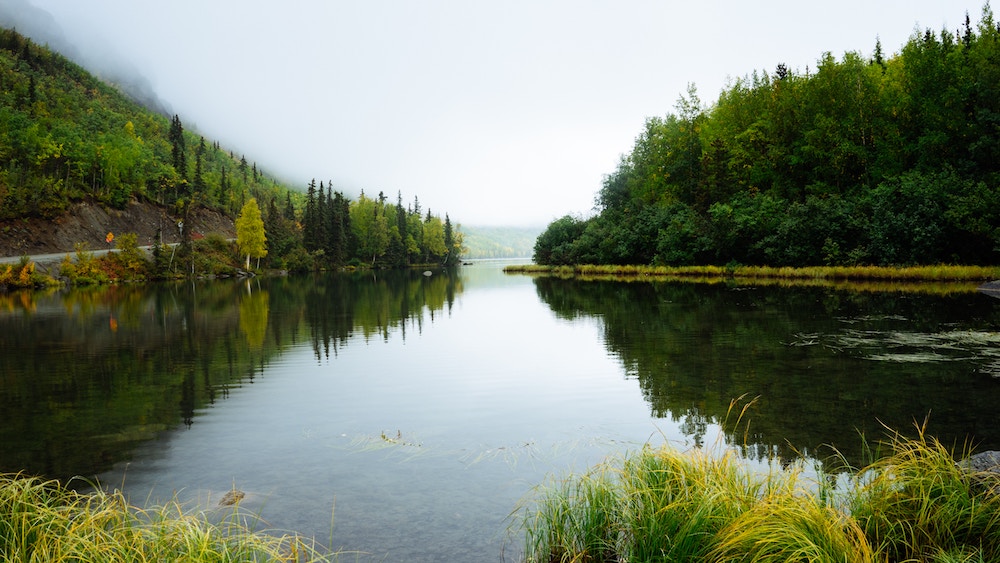
A new water rule will greatly reduce federal water protections, imperiling drinking water, endangered species, and ecosystems across the country. According to the rule that the Environmental Protection Agency is expected to release next week — some details of which were leaked Thursday — streams that are dependent on rainfall and wetlands not physically connected to year-round waterways will no longer be covered by the Clean Water Act.
As a result of the change, an estimated 60-90 percent of U.S. waterways could lose federal protections that currently shield them from pollution and development, according to Kyla Bennett, director of science policy at Public Employees for Environmental Responsibility.
LINK (via: The Intercept)






Some years ago, I worked for a university in California where a parking lot construction project diverted runoff from irrigation sprinklers into a previously dry grass hillside, causing it to erode into a swale. Willows started growing in about 2000 SF of a depressed area at the bottom. The maintenance staff didn’t mow them down, and within a year it was declared protected wetlands, even though neither the swale nor the irrigation runoff were natural or navigable. The university paid over $300k in wetlands mitigation fees to finish building in that location.
I’m all for protecting real waterways and wetlands, but the Clean Water Act has morphed way beyond its original scope and good intent, and was never brought back into compliance with the 2006 Supreme Court decision. It is time for some clarity. If the “60-90% of US waterways” removed under the new rule proposal turns out to be the vehicle ruts in your dirt driveway, and not the stream or wetland you are picturing in your mind, then reform will be a step in the right direction.
Let’s see what the actual rule change proposes rather than jumping to immediate conclusions.